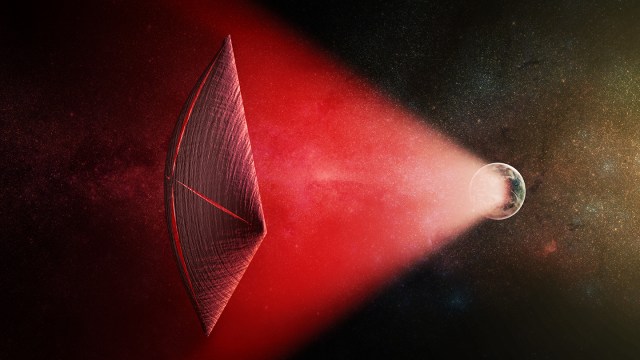Doctors Cannot Explain Why a Patient Had Brain Activity for 10 Minutes After Death

Doctors at the University of Western Ontario in Canada published a paper on a very unusual case where a patient continued to have brain activity almost 10 minutes after being declared clinically dead.
The usual way to tell if a person is dead involves using an EEG reading, which measures whether the brain is processing electrical signals. If there’s no processing, the person’s is declared clinically dead, even if they are still breathing. But in this case, the person’s heart stopped beating and there was no blood flow to the brain. And yet the brain kept showing delta wave bursts for a period of time.
This happened when the scientists were studying the brain activity of four terminal patients who were removed from life support. Three of the patients stopped emitting brain signals almost right away as their hearts stopped, but one started to emit the kind of signals you’d see in a person in a very deep sleep, called delta waves. This went on for 10 and a half minutes.
The team is sure it was not equipment malfunction as they tested and re-tested all their gear. They actually have no explanation for what took place.
‘It is difficult to posit a physiological basis for this EEG [brain] activity given that it occurs after a prolonged loss of circulation’, states their paper.
What they are advocating is the need for further research. It is possible this happened to other people as well but was not well-studied.
If this extraordinary observation proves the rule and not an anomaly, the implications of such a discovery could be significant for organ donations and our concept of what it means to be dead.
Here’s where you can read the paper, published in The Canadian Journal of Neurological Sciences.
Cover photo: A man surf paddles near a beach as sun sets in Bridgetown on March 12, 2014. AFP PHOTO/Jewel Samad (Photo credit should read JEWEL SAMAD/AFP/Getty Images)





